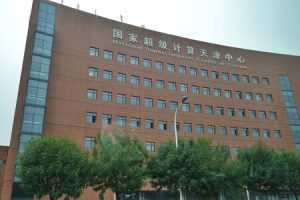The use of large amounts of organic solvents derived from petroleum is a major environmental and health problem, due, among other factors, to their non-renewable origin and high toxicity. For this reason, the search for new green solvents, which present a better environmental, health and safety profile, has become a priority whose purpose is to promote new, more sustainable chemical processes.
In this line, a group of researchers from the Polytechnic University of Madrid (UPM) in Spain has developed a new, more efficient and environmentally friendly process, based on the extraction of natural antioxidants present in winery water using biosolvents. In addition, the researchers were able to recycle the biosolvents and isolate the extracted antioxidants for use in downstream applications.
In the wine industry, the winemaking process gives rise to a high amount of waste, both solid and liquid, generated during grape processing and cellar cleaning operations. Specifically, tons of solid waste and tens of millions of cubic meters of wastewater are produced each year, the management of which poses significant environmental and economic problems.
“Wastewater from wineries is a rich source of natural antioxidants, mainly polyphenols, which represents a great opportunity for its recovery through the recovery of these high value-added compounds,” says Raquel Cañadas, a researcher at the Technical School Superior of Industrial Engineering (ETSII) of the UPM.
Cellar barrels. (Photo: NPS)
Polyphenols are bioactive compounds present in grapes and their derivatives, which offer notable health benefits due to their recognized antioxidant, anti-inflammatory and antitumor properties, among others. As a consequence, “these natural antioxidants are in growing demand for many applications in the pharmaceutical, cosmetic and food sectors”, concludes Raquel Cañadas.
In the aforementioned context, the Autonomous Systems Laboratory Research Group (ASLAB), of the ETSII of the UPM, seeks to develop new chemical processes based on the use of green solvents as a key to promoting environmental sustainability and the circular bioeconomy in the field. of the chemical industry. At this point, biosolvents come into play, produced in biorefineries from renewable raw materials, which are presented as a promising alternative to petroleum-derived compounds. This type of green solvent has experienced a boom in recent years due to its biodegradability, biocompatibility, low toxicity and other properties that facilitate its application in a wide variety of industrial processes. The work carried out by the researchers has focused on the development of a new, more efficient and environmentally friendly process, based on the extraction of natural antioxidants present in winery water using biosolvents.
“The research carried out provides very valuable information on the development of integrated processes, based on the use of renewable green solvents to sustainably recover high-value compounds from agri-food waste, thus promoting the circular bioeconomy”, indicate María González Miquel and Emilio J. González, researchers who have been part of the work team.
“This is the most recent bet of the research group, which focuses all its efforts on the development of more sustainable chemical processes”, the researchers conclude.
The study is entitled “An integrated approach for sustainable valorization of winery wastewater using bio-based solvents for recovery of natural antioxidants”. And it has been published in the academic Journal of Cleaner Production. (Source: UPM)











![[Img #66505]](https://thelatestnews.world/wp-content/uploads/2022/06/Extract-natural-antioxidants-from-winery-wastewater.jpg)

Add Comment